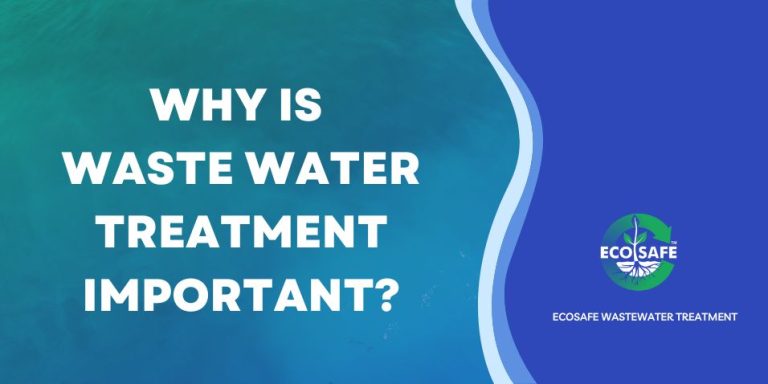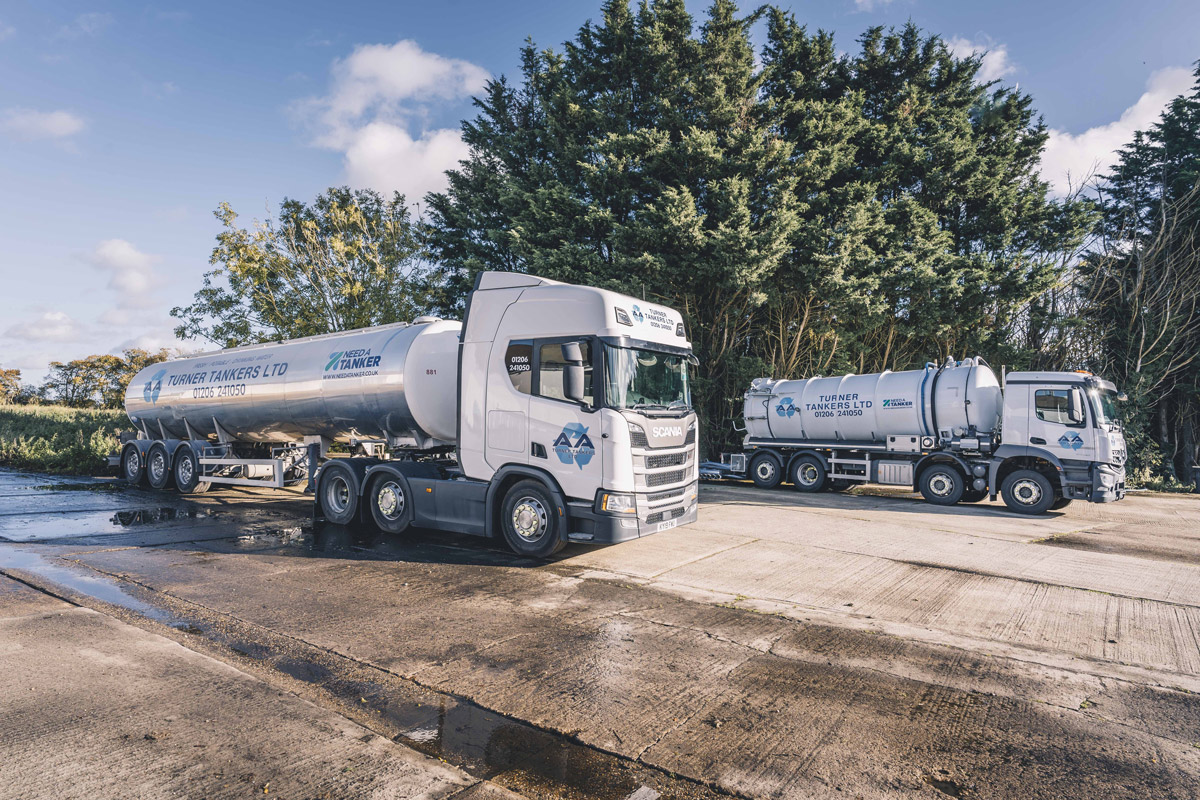The Best Guide To Reclaim Waste
Table of ContentsThe 30-Second Trick For Reclaim WasteAll about Reclaim WasteThe Only Guide to Reclaim WasteReclaim Waste for BeginnersThe Main Principles Of Reclaim Waste
Explore the types, incidents, and types of liquid waste. Residential sewage waste describes the waste and products from a property septic system. This type of waste is developed by people in homes, institutions, and other structures. This only consists of sewage-disposal tanks that have a drainpipe area. The proper management and disposal of domestic sewer waste call for liquid waste to be moved to a sewer therapy plant where the proper methods and tools are used to purify and deal with waste.
Business waste often consists of prospective risks, such as combustible products or a mix of fluid and strong waste items, and calls for an advanced and thorough disposal process. The disposal of business waste normally includes the purification of waste before transportation to make sure secure and proper disposal. Hazardous waste is created from byproducts and runoff of industrial processes and manufacturing.
This sort of waste can not utilize the same sewage monitoring transportation or processes as septic or commercial liquids. The hazardous waste management process needs the examination and screening of fluid waste before it goes through the disposal procedure (liquid waste removal). Runoff waste is the liquid waste that originates from drainage and excess stormwater in extremely inhabited locations or cities
Drainage waste can cause contamination and flooding if not taken care of appropriately. Making sure appropriate waste monitoring can stop catastrophes and reduce ecological harm.
Reclaim Waste Fundamentals Explained
Get in touch with PROS Solutions today to discover our waste management and disposal solutions and the correct methods to care for the liquid waste you produce.
(https://www.tripadvisor.in/Profile/reclaimwaste1)Do you know what happens to your water when you disengage, flush the toilet or drain the washing machine? No? Well, it deserves understanding. This supposed 'wastewater' is not only a crucial resource yet, after therapy, will be launched to our land, waterways or the ocean. Utilized water from toilets, showers, bathrooms, kitchen area sinks, washings and industrial procedures is called wastewater.

water used to cool equipment or clean plant and tools). Stormwater, a type of wastewater, is drainage that flows from agricultural and urban locations such as roofs, parks, yards, roads, paths and seamless gutters into stormwater drains pipes, after rain. Stormwater streams neglected straight to local creeks or rivers, eventually reaching the ocean.
Reclaim Waste - Truths
In Queensland, many wastewater is treated at sewer therapy plants. Wastewater is transported from residential or industrial sites via a system of drains and pump terminals, known as sewage reticulation, to a sewage treatment plant.
The Division of Natural Resources encourages city governments about handling, operating and preserving sewerage systems and therapy plants. In unsewered areas, city governments may need owners to set up individual or household sewer therapy systems to deal with domestic wastewater from toilets, kitchen areas, restrooms and laundries. The Department of Natural Resources authorizes using home systems when they are confirmed to be effective.
In some new neighborhoods, therapy of some stormwater to get rid of trash, sand and crushed rock has started utilizing gross pollutant catches. Wastewater therapy occurs in 4 stages: Removes strong issue.
Uses little living microorganisms recognizes as micro-organisms to damage down and get rid of staying dissolved wastes and fine particles. Micro-organisms and wastes are included in the sludge.
The Ultimate Guide To Reclaim Waste
Nutrient elimination is not available in any way sewage treatment plants since it requires costly specialised devices. It is becoming much more common in Queensland. Clear liquid effluent produced after therapy might still contain disease-causing micro-organisms. If this effluent is released right into rivers such as rivers or the sea, the micro-organisms will ultimately pass away out.

This typically means wastewater has actually to be dealt with or pollutants removed prior to it can be released to rivers. Many wastewater flows right into the sewage system. Under the Act, city governments carry out authorizations and licences for ecologically relevant activities (ERAs) entailing wastewater releases that might have a local influence. The department administers approvals and licences to Ages involving wastewater launches that could have a local or statewide impact.
The 3-Minute Rule for Reclaim Waste
Surveillance provides factual information about water quality and can validate that licence problems are being fulfilled. The details obtained through surveillance gives the basis for making water high quality choices.